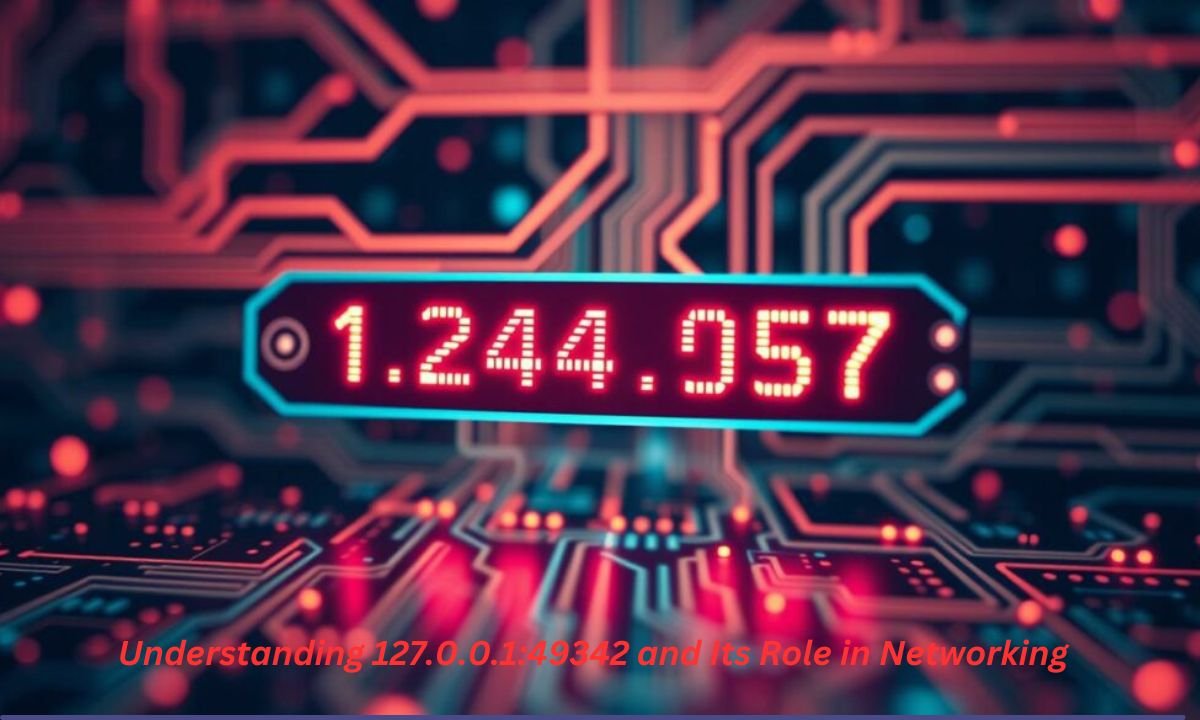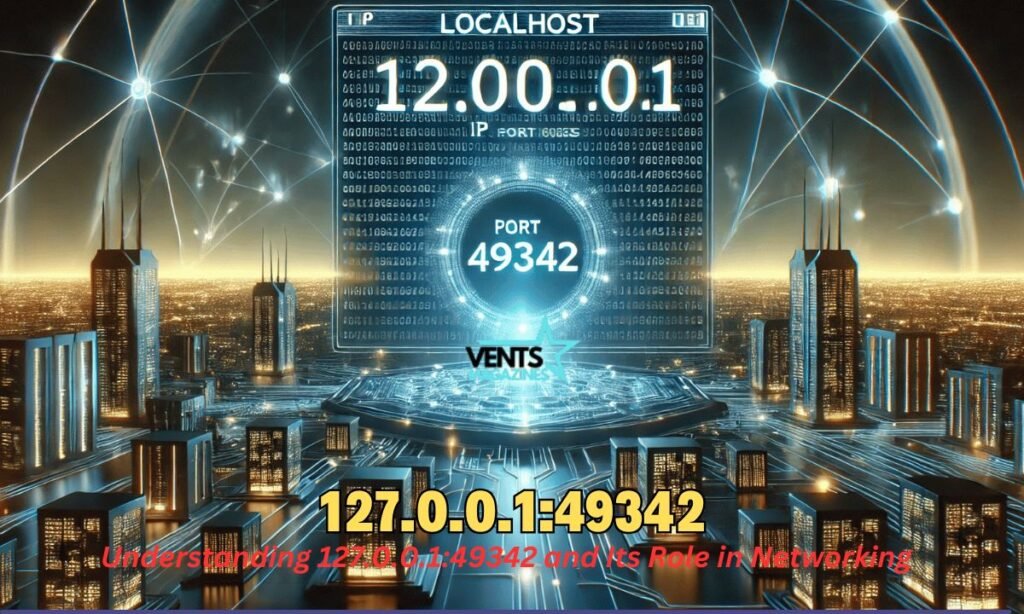
Navigating the world of networking and IP addresses can be confusing, especially when encountering terms like “127.0.0.1:49342.” Many users are unsure of what it means, why it appears, and how it affects their systems. Questions such as, “Is 127.0.0.1:49342 a security risk?” or “What does this address represent?” often arise, leaving people seeking clear answers.
Agitation

If you don’t fully understand the significance of 127.0.0.1:49342, you risk:
- Misinterpreting its purpose and functionality.
- Overlooking potential configuration issues.
- Failing to diagnose or resolve networking problems effectively.
These challenges can lead to frustration and wasted time. Without proper knowledge, even simple tasks like troubleshooting localhost connections can become daunting.
Read Also: PedroVazPaulo Executive Coaching / Poorvika Mobiles Madiwala
Solution
This guide will break down everything you need to know about 127.0.0.1:49342. From its purpose and usage to addressing common questions, this article will empower you to better understand and utilize this local address.
What Is 127.0.0.1:49342?

Understanding 127.0.0.1
The IP address 127.0.0.1 is commonly referred to as “localhost.” It is a loopback address used by your computer to communicate with itself. When an application sends data to 127.0.0.1, the data stays within the local machine and does not leave the device.
What Does Port 49342 Represent?
The number 49342 is a port, a virtual point used for network communication. Ports allow multiple applications to use the same IP address without interfering with each other. In this case, 127.0.0.1:49342 means that the application is using the localhost IP (127.0.0.1) and communicating through port 49342.
Why Is 127.0.0.1:49342 Important?
Key Uses
- Application Testing: Developers often use localhost addresses to test applications before deployment.
- Debugging: Identifying issues in software or services running locally.
- Web Development: Running local servers to test websites or APIs.
Benefits
- Ensures data does not leave the local machine.
- Provides a safe environment for testing and development.
- Reduces the risk of external interference or data breaches.
How to Use 127.0.0.1:49342 Effectively

Accessing Localhost
To access a service running on 127.0.0.1:49342, follow these steps:
- Open a web browser or terminal.
- Type
http://127.0.0.1:49342into the address bar. - Press Enter to connect to the service running on the specified port.
Configuring Applications
When setting up applications, you may need to specify the localhost address and port. For example:
- In a web server configuration file:
server { listen 49342; server_name 127.0.0.1; }
Troubleshooting Issues
- Check if the Service Is Running:
- Use commands like
netstatorlsofto verify if the port is active.
- Use commands like
- Verify Firewall Settings:
- Ensure that no firewall rules block the localhost port.
- Restart the Application:
- If the port is unresponsive, restarting the application might help.
Read Also: Money6x.com / Lotterygamedevelopers.com
Common Localhost Ports and Their Uses
| Port Number | Usage | Description |
|---|---|---|
| 80 | HTTP | Used for web traffic |
| 443 | HTTPS | Secure web traffic |
| 3306 | MySQL Database | Communication with MySQL servers |
| 49342 | Custom Application Port | Typically assigned dynamically for local use |
FAQs About 127.0.0.1:49342
1. What Is the Purpose of 127.0.0.1:49342?
This address is used to allow local communication between applications running on the same machine. The port (49342) is dynamically assigned for specific processes.
2. Is 127.0.0.1:49342 a Security Risk?
No, 127.0.0.1 is a loopback address that does not communicate with external networks, making it secure. However, ensure your local applications are free of vulnerabilities.
3. How Do I Resolve Connection Issues on 127.0.0.1:49342?
1.Verify the application is running.
2.Check that no firewall or antivirus is blocking the port.
3.Restart your machine or the specific service.
4. Why Can’t I Access 127.0.0.1:49342?
This could happen if:
1.The application assigned to the port is not running.
2.The port is blocked by a security setting.
3.There is a configuration error in the application.
5. Can I Change the Port Number from 49342?
Yes, many applications allow you to configure the port number in their settings or configuration files.
6. What Tools Can I Use to Monitor Localhost Ports?
1.netstat (Windows/Linux): Displays active connections and listening ports.
2.lsof (Linux/macOS): Lists open files and associated ports.
3.Task Manager (Windows): Check applications and their network usage.
7. Does 127.0.0.1:49342 Work on All Devices?
Yes, 127.0.0.1 is a universal localhost address and works on all devices. However, the port number may vary based on the application.
Conclusion
Understanding 127.0.0.1:49342 is essential for anyone working with local applications, web development, or networking. This loopback address allows secure communication within your machine, ensuring a safe and isolated environment for testing and development. By mastering its usage and troubleshooting potential issues, you can maximize efficiency and avoid unnecessary challenges.
Whether you’re configuring a web server, debugging software, or simply learning about networking, 127.0.0.1:49342 plays a vital role. Use this guide as your go-to resource for everything related to localhost communication and port management. With the right knowledge, you can tackle any localhost-related task with confidence.







